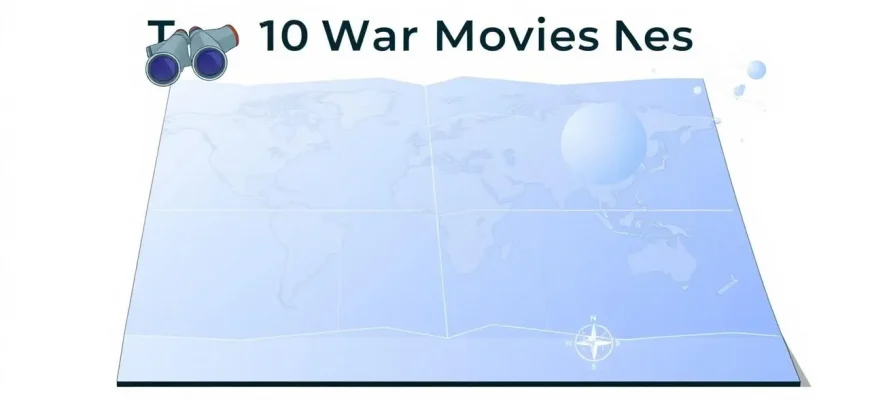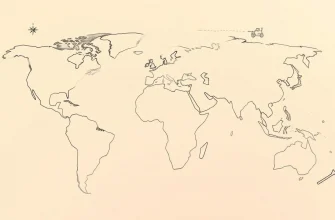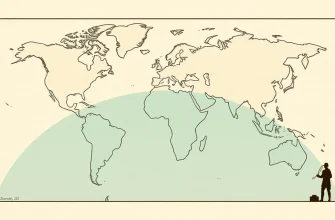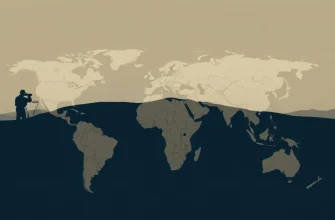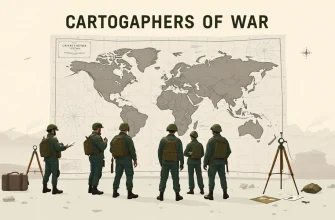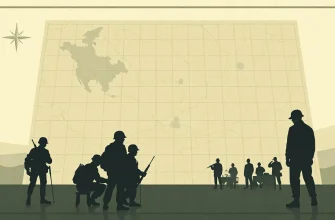War movies have always captivated audiences with their intense action, compelling stories, and the portrayal of human courage under fire. However, there's a special allure in films where strategic maps play a crucial role, offering viewers a glimpse into the minds of military masterminds. This curated list showcases ten films where maps are not just props but pivotal elements that drive the narrative, showcasing the art of war through the lens of strategy and planning.
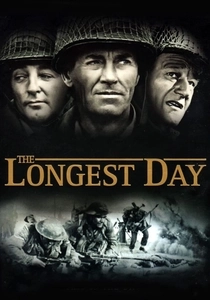
The Longest Day (1962)
Description: This epic war film details the D-Day invasion of Normandy, where strategic maps are used extensively to plan the Allied forces' attack. The film captures the meticulous planning and the critical role maps played in this historic event.
Fact: The film was shot in black and white to give it a documentary feel, and it features an ensemble cast of over 40 stars from different countries.
 Watch Now
Watch Now 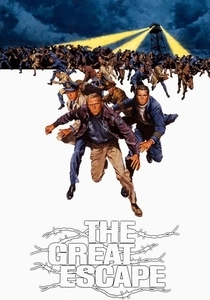
The Great Escape (1963)
Description: While not strictly about maps, the film includes scenes where prisoners use maps to plan their escape from a German POW camp, highlighting the importance of strategic planning.
Fact: The film was based on a true story, but many details were fictionalized for dramatic effect.
 Watch Now
Watch Now 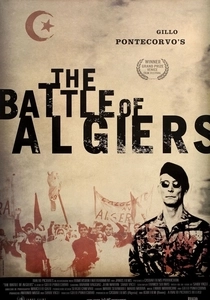
The Battle of Algiers (1966)
Description: This film uses maps to depict the guerrilla warfare tactics employed by both the French paratroopers and the Algerian resistance, showing how urban warfare was strategized and executed.
Fact: The film was banned in France for five years due to its depiction of the French military's brutal tactics.
 Watch Now
Watch Now 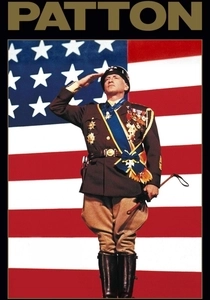
Patton (1970)
Description: General Patton's strategic genius is highlighted through numerous scenes where he uses maps to plan his military campaigns during World War II. The film provides insight into his mind through his interaction with maps and battle plans.
Fact: George C. Scott won an Academy Award for Best Actor for his portrayal of Patton, but he famously refused to accept it.
 Watch Now
Watch Now 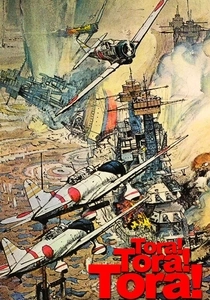
Tora! Tora! Tora! (1970)
Description: This film about the attack on Pearl Harbor includes detailed scenes of Japanese military leaders using maps to plan their surprise attack, emphasizing the strategic element of the operation.
Fact: The film was a joint production between American and Japanese filmmakers to provide a balanced view of the event.
 Watch Now
Watch Now 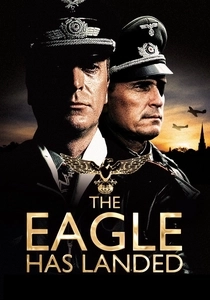
The Eagle Has Landed (1976)
Description: A fictional WWII plot where German paratroopers plan to kidnap Winston Churchill, with maps playing a key role in their strategic planning and execution.
Fact: The film was based on a novel by Jack Higgins, which itself was inspired by a real German plan to assassinate Churchill.
 Watch Now
Watch Now 
A Bridge Too Far (1977)
Description: Focused on Operation Market Garden, this film showcases the strategic planning and the use of maps to illustrate the ambitious yet ultimately failed attempt to end the war early.
Fact: The film was one of the most expensive ever made at the time, with a budget of $25 million.
 Watch Now
Watch Now 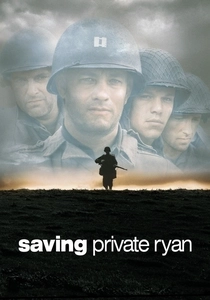
Saving Private Ryan (1998)
Description: Maps are used in this film to plan the mission to rescue Private Ryan, showcasing the tactical decisions made by the squad leader, Captain Miller.
Fact: The film's opening sequence depicting the D-Day invasion is considered one of the most realistic portrayals of combat in cinema history.
 Watch Now
Watch Now 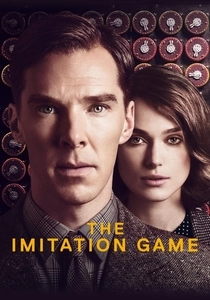
The Imitation Game (2014)
Description: While primarily about codebreaking, the film includes scenes where maps are used to track German U-boats, illustrating the strategic importance of intelligence in WWII.
Fact: Benedict Cumberbatch's portrayal of Alan Turing was critically acclaimed, earning him an Oscar nomination.
 Watch Now
Watch Now 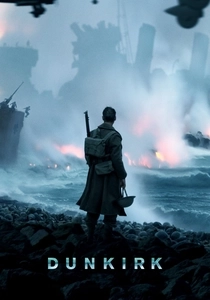
Dunkirk (2017)
Description: Christopher Nolan's film uses maps to show the strategic retreat of Allied forces from Dunkirk, with scenes focusing on the planning and execution of the evacuation.
Fact: The film was shot with IMAX cameras to give viewers an immersive experience of the events.
 Watch Now
Watch Now 
